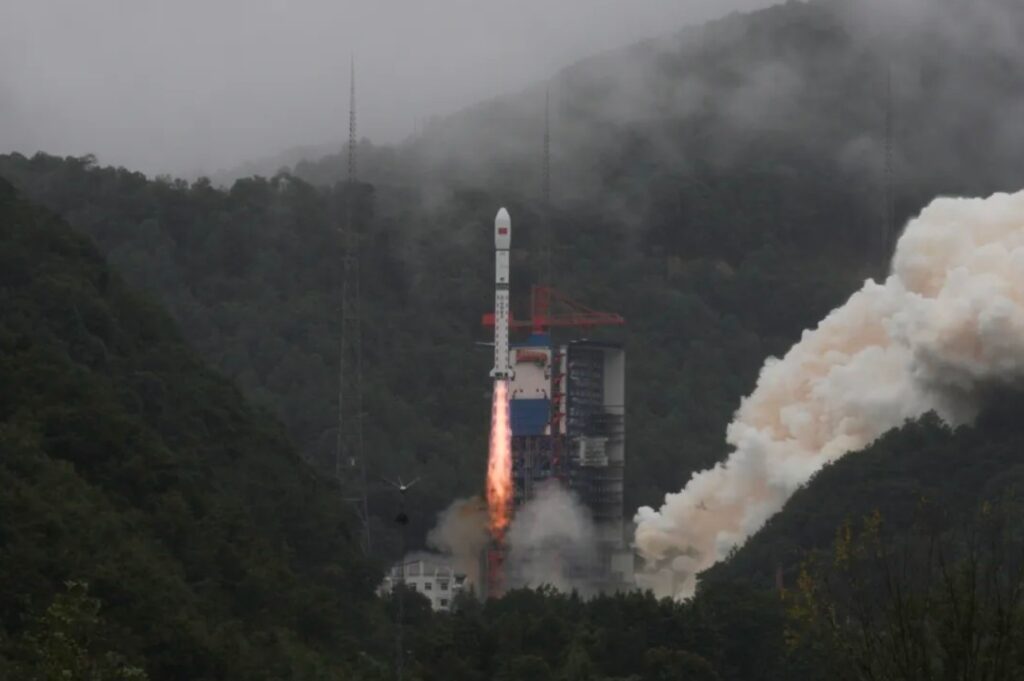
A Long March 2D rocket successfully launched a pair of experimental satellites, the Shiyan-30 (01) and (02), into orbit on September 28, 2025. The launch took place at 23:00 Eastern time (03:00 UTC on September 29) from the Xichang Satellite Launch Center in southwest China. According to the China Aerospace Science and Technology Corporation (CASC), the mission was a complete success.
The Shiyan-30 satellites are primarily designed for testing and verifying Earth observation technology, developed by the Shanghai Academy of Spaceflight Technology (SAST). While details about their specific functions remain limited, CASC describes Shiyan missions as focused on space environment detection and related technology experiments.
These satellites have been cataloged by U.S. space domain awareness teams, which noted their orbits at approximately 590 kilometers in altitude and an inclination of 35 degrees. Analysts suggest that the Shiyan series is pivotal for trialing new systems, including sensors and communications subsystems, furthering China’s capabilities in space technology.
Recent Shiyan Activities and Significance
The Shiyan satellites serve multiple purposes, including technology demonstrations, electronic intelligence, remote sensing, and space situational awareness. Some missions, like the Shiyan-12 (01) and (02), have been noted for their role in approaching and likely imaging the Space-based Infrared System (SBIRS) GEO 6 spacecraft, designated as USA 336, within the geostationary belt.
Recent launches have seen Shiyan satellites operating in low Earth and near-polar orbits, while others have ventured into geosynchronous positions. The Shiyan-29 satellite, launched earlier, has been observed in an orbit around 800 kilometers above geostationary orbits, making it difficult to characterize its mission.
The September 28 launch marked the 100th mission for the Long March 2D rocket, making it only the second Chinese launch vehicle to achieve this milestone, joining the Long March 3B. With this launch, China has completed ten missions within September 2025, marking a particularly active period for its space program.
Future Launches and Developments
China’s recent space activities include various missions, such as the launch of Shiyan-29, the Ceres-1 solid rocket, and multiple military satellite deployments under the Yaogan program. Notably, the Yaogan-45 mission featured a significant Earth observation spacecraft, representing China’s first satellite in medium Earth orbit.
The launch on September 28 was China’s 59th orbital attempt of 2025, which includes one launch failure—the loss of a Zhuque-2E rocket by commercial company Landspace in August. Upcoming missions are set to include a Long March 8A launch from Hainan’s commercial spaceport and the second Gravity-1 solid rocket from Orienspace, both anticipated around October 10.
As China continues to ramp up its space endeavors, the successful deployment of the Shiyan-30 satellites contributes to the country’s broader objectives in advancing satellite technology and enhancing its presence in space exploration.






